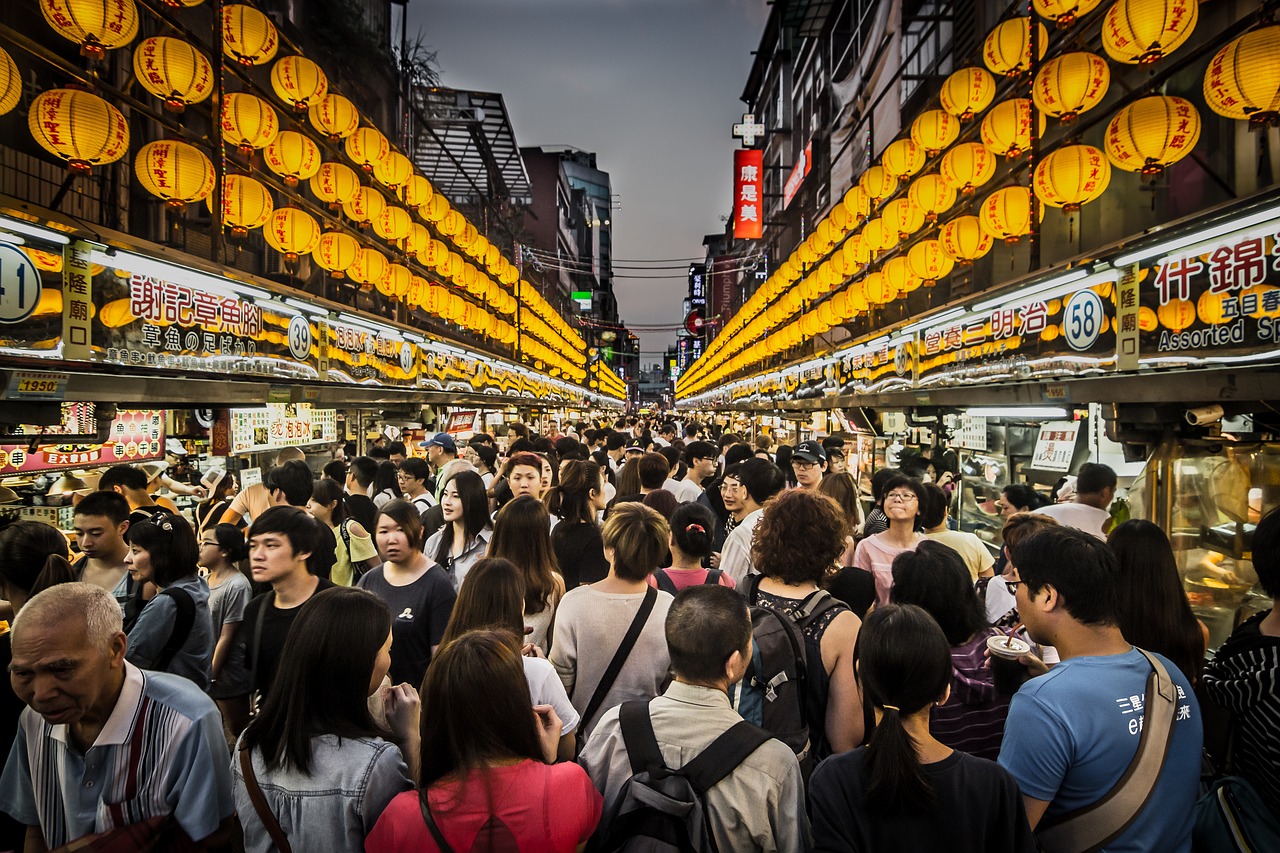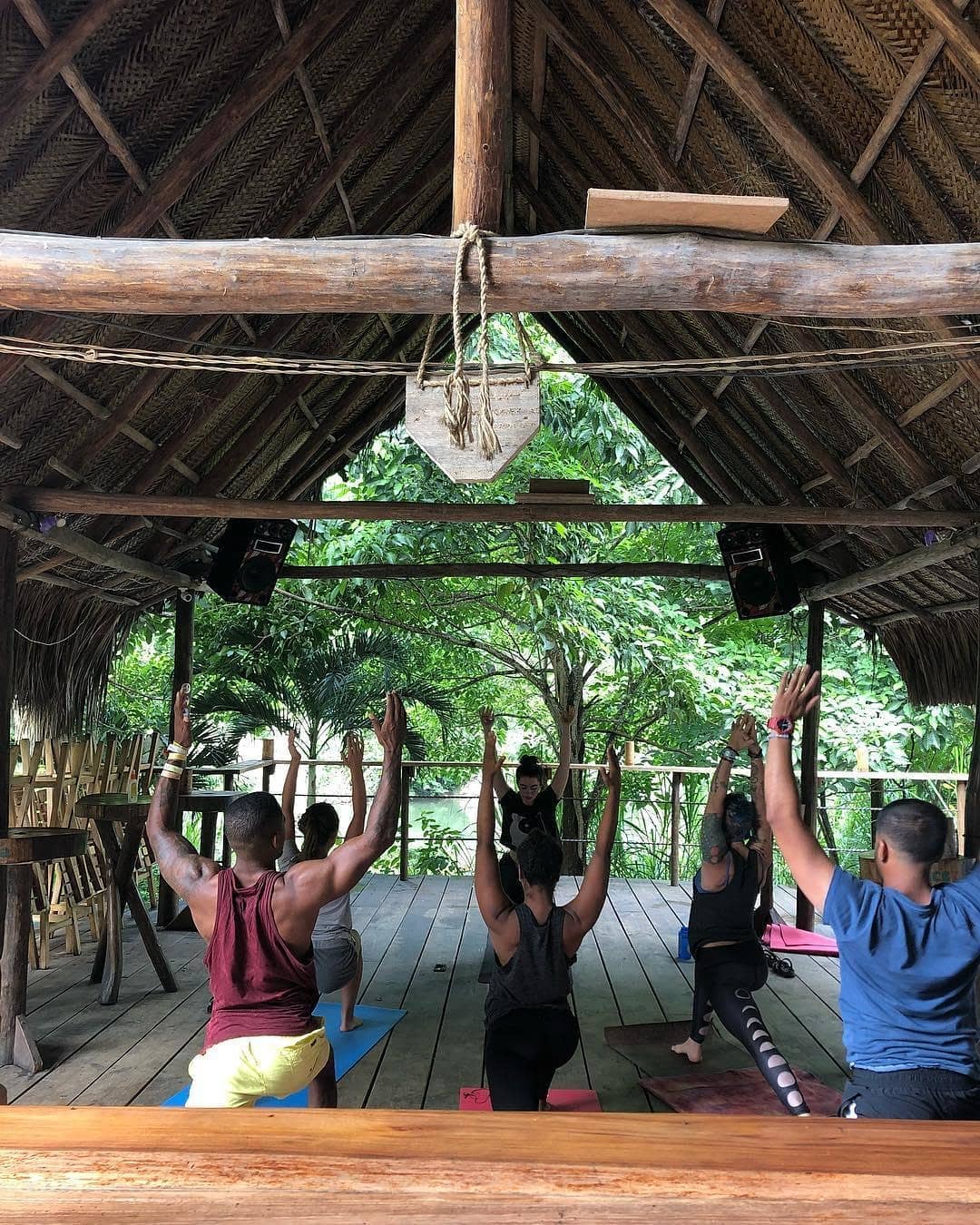How to avoid overtourism and be a responsible traveller
We all have a bucket list of amazing destinations we want to visit, but we are also worried about the impact of our travels and how to avoid overtourism. You’re probably very familiar with this situation: you’ve just arrived in your dream destination after planning and saving a lot, and you head to your first spot, the city’s most famous attraction. When you arrive, you find yourself in an extremely overcrowded place with many people fighting for the best selfie spot.
When we think about places like the Colosseum in Rome, or Salar de Uyuni in Bolivia, we all know they’re going to be busy. When a place becomes famous among travellers, they tend to develop new facilities to welcome large numbers of people and the destination begins to change. The streets become crowded, souvenir shops appear, and you start to find many photos on Instagram. Problems start when the amount of visitors becomes way higher than the town or attraction can cope with.

What is overtourism?
A group of researchers described it as:
“Overtourism describes the situation in which the impact of tourism at certain times and places exceeds the physical, ecological, social, economic, psychological and / or political limit.”
Just because a place is full, it doesn’t mean that it suffers from overtourism. This could just be crowding, meaning there are a lot of people in relation to the space available. Think of the Eiffel Tower in summer, or Times Square in New York. Overtourism only happens when the massive presence of tourists threatens the culture, economy and nature of a destination.
Do locals like tourists?
Badly behaved tourists have annoyed locals for a long time. In the 1960s, American sociologist Dean MacCannell described tourists as silly creatures, drawn to “pseudo-events” and “staged authenticity.” For him, tourists arrive, get excited about everything and leave, back to their reality, without ever thinking about the reality of the other. Which is why we’re all culturally and environmentally aware backpackers… right?
Nowadays, cities like Barcelona, Berlin and Lisbon have to battle the advance of home-rental sites, which have increased rent prices and made the cities unliveable for some locals. However, criticising or banning travellers is counterproductive, especially because these cities get much of their income from tourism.
Judging travellers as guilty is not the solution – first of all, we need to understand the problem and how to avoid overtourism.
How Instagram contributes to overtourism

So basically, crowded places are not necessarily threatened places. However, with the emergence of new forms of communication and the change in the way we travel, we need to put another element into the equation: the Instagram factor. When influencers visit a place, chances are their followers will want to repeat the photo.
A well-known example is Heaven’s Gate, in Bali. The place became so famous on Instagram that nowadays you’ll find a queue of travellers waiting for their turn to repeat the shot. But you wouldn’t expect what’s nearby and doesn’t appear in the photo. The Lempuyang Temple, home to the famous gate, is sacred to the Balinese and deserves a more respectful visit. Overtourism happens when the life of locals has to change because of the behaviour of tourists. When thousands of people treat a sacred place like an Instagram opportunity, locals see their costumes disrespected and their lives disrupted. This is obviously not the only problem Bali is facing, with the number of tourists increasing every year. The island has also suffered beaches full of plastic left behind by travellers, congestion and water shortages.
Threatened paradises
It’s not only ultra-photographed places that suffer from overtourism – it doesn’t threaten the big cities and their residents, but rather the small, rural towns and the surrounding environment.
In short, when the Sagrada Familia in Barcelona is full, this is just crowding. But when Thailand’s government decides to close Maya Bay, its most famous beach, by 2021, it’s because nature can no longer defend itself against the damage caused by tourism. This is when we should start to rethink how we choose our dream destinations, how we regulate our travels and how we can avoid overtourism.
The most dangerous consequences of overtourism
When out of control, overtourism can wipe out historic sites, native species and ancient cultures. The pressure that thousands of visitors puts on a place is much bigger than we can imagine. Travellers leave a lot of money wherever they go, but can also leave immense amounts of trash.
Think of a small town that has a sewer system designed for its 10,000 inhabitants. When the government decides to organise an international event that will host 2,000 people, they calculate how much money visitors bring, but they don’t always think about the daily droppings that overload the system. Yes, we are talking about pee and poop.
A simple projection error can break a pipe, interrupt the water supply in the city, contaminate the water table and rivers, and finally an entire city! Sounds like an exaggeration? Well, this is a common story in some towns in South America when huge events like the Dakar Rally take place.
Overtourism protection laws
So how do we solve the problem? Stop travelling? Lock ourselves in our homes and cry softly thinking of places we’ll never see? It’s not up to us backpackers to solve the infrastructure problems of entire cities. But it is up to us to respect the rules, to not be a burden, to consider how to avoid overtourism and to not waste natural resources.
An example of success is the sacred site of Machu Picchu in Peru. We’d been hearing rumours for years that Machu Picchu was at risk of closing due to damage caused by overtourism. This risk was combatted by introducing a limit to the number of travellers that can visit the ruins daily, thanks to pressure from the UNESCO committee that protects World Heritage sites. The initiative worked and now Machu Picchu will be opening its arms to visitors for a long time. Responsible travel is possible, and we can make big changes when we all work together!
How to not be an irresponsible traveller
We backpackers like to think we know how to travel better than the average tourist. This is because normally we have more freedom on our adventures, we spend more time in one place and we embrace local experiences. This is a fact, but there are more factors to consider.
Respecting local customs seems to be common sense, but it’s hard to see the cultural nuances that differ from our hosts if we don’t pay enough attention. Research customs before you travel, ask questions, listen and observe. You and your friends are so excited to ride a train from one big city to another in Egypt, but for the other passengers it’s probably just another commute. Respect their silence! Basically, be mindful of those who are in the same spaces as you, just living their daily lives.
Sustainable ways to travel

Sustainable ways of travelling are already here, and you probably do many of them without even realising. Staying in a hostel is a great way to travel more consciously, as you can exchange accommodation for work, or share a dorm which occupies way less space than a king size bed in a five-star hotel. Plus, you can cook for yourself and avoid producing loads of trash in fast food restaurants. You can even go one step further and make sure you stay in an eco-friendly hostel.
By travelling at a slower pace and staying longer in places, you make your carbon footprint smaller, get to meet the locals and understand how it really is to live there.
7 ways to avoid overtourism

Don’t feel that overtourism is unavoidable and there’s nothing you can do. In fact, it’s the opposite! Here are some super simple tips you can try on your next trip, helping to ease the pressure that overtourism puts on destinations and allowing more people to visit in the future.
- Choose to travel by train or bus instead of taking a flight when possible.
- Take your reusable water bottle and cutlery everywhere you go.
- Research where you are going and choose to travel in low season.
- “In Rome, do like the Romans”. That means act like a local – and eat like a local too, encouraging small family businesses rather than multinational chains.
- Choose your souvenirs well to avoid contributing to predatory industries (no bird feathers, gems, bits of archaeological sites).
- Do not visit attractions that use animals for human entertainment, such as elephant rides.
- Never leave your trash anywhere, especially when visiting nature reserves.
For help finding your perfect hostel, download the Hostelworld app and get ready to meet the world!
Freelance journalist and translator living in Berlin, mother of a German-Brazilian family and a collector of tropical plants. On her free time, she is doing a Phd in sociology of tourism, where she researches backpackers in South America and cultural conflicts. You can find some of her articles on the blog Travel Praxis.
Keep reading: ⬇️
🌟 THE sustainable packing list for an eco-friendly traveller
🌟 21 eco-friendly hostels perfect for the sustainable traveller



Leave a Reply